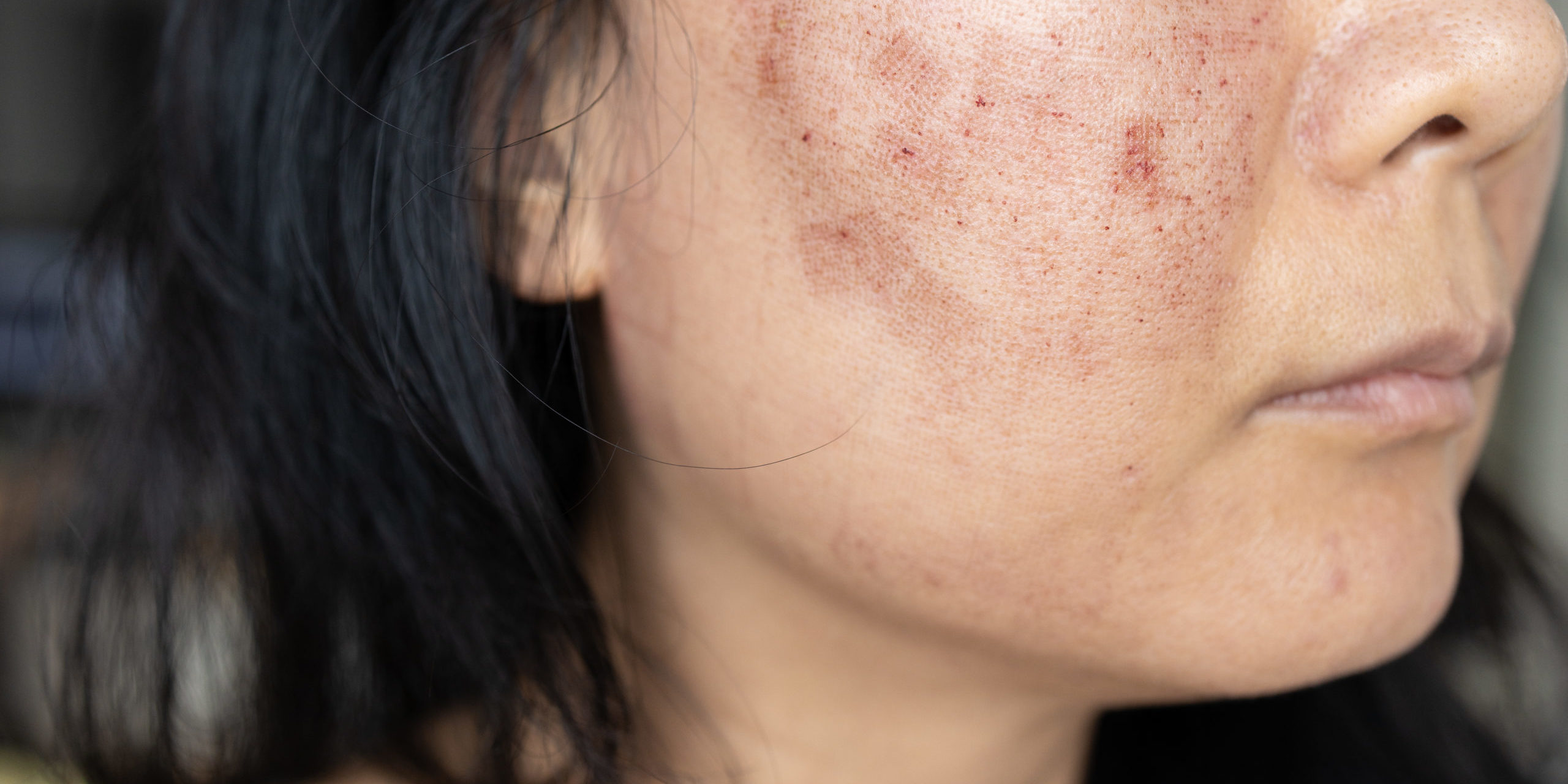
How Facial Injuries and Scarring are Addressed in Personal Injury Cases
After a serious accident, an injured person may have permanent scarring or disfigurement. Scars and other forms of disfigurement can occur anywhere on the body. When they occur on the face or other highly visible areas, they can have a permanent impact on one’s life.
For this reason, an injured person can seek compensation for scarring and disfigurement. If your disfigurement resulted from a workplace injury, you may also be eligible for workers’ compensation benefits for disfigurement.
Scarring and Disfigurement Claims
Scarring occurs when the body heals from an injury, leaving behind fibrous tissue it built up to repair the skin damage. While certain medical procedures can reduce the appearance of some scars, the scar itself is typically present for life.
Disfigurement is a permanent change in physical appearance that the typical person might find off-putting. Scars, amputations, burns, and other visible injuries can fall into this category. Disfigurement may also affect mobility or sense of touch.
Many types of injuries can cause scarring or disfigurement. Dog bites are notorious for their propensity to cause jagged, permanent scars. Flying glass or debris in a car accident, parts shooting out of a defective product, and burn injuries suffered on dangerous premises during a work accident or in a vehicle crash can all cause scarring and disfigurement.
In some cases, scarring or disfigurement aren’t caused by the injury incident itself. Instead, scars or disfigurement result from the medical treatment required to repair the injury. For example, an amputation may be required to remove a badly damaged limb. These types of scarring and disfigurement claims may also be included in a personal injury or workers’ compensation case. It’s best to discuss your unique situation with an experienced personal injury attorney to determine the best course of action.
Personal Injury
Personal injury claims treat scarring and disfigurement as “non-economic” damages. Non-economic damages are damages that can’t easily be proven from financial records. Yet, these losses are real, and they can be devastating.
You may not get a monthly bill for your disfigurement, but you carry the burden of it daily. This burden may be compensated in a personal injury claim.
Workers’ Compensation
South Carolina workers’ compensation laws contain provisions for compensating scarring or disfigurement. Workers’ compensation provides benefits for employees who suffer workplace injuries, including permanent scars or disfigurement resulting from those injuries.
Workers’ compensation in South Carolina provides for up to 50 weeks of compensation for scarring or disfigurement on the head, neck, or other body part that is typically visible during employment.
Not all scars are covered by workers’ compensation. Scars that are small, difficult to see, or usually hidden by your work clothes likely won’t be covered. Speak to an experienced South Carolina workers’ compensation attorney to discuss your specific situation.
Compensation for Facial Injuries, Scarring, and Disfigurement
Living with significant scarring or disfigurement can be challenging. To recover compensation for it, you’ll need to prove these challenges in court. For workers’ compensation, you’ll also need to meet the requirements outlined in workers’ compensation law.
When considering a personal injury claim for scarring and disfigurement, courts may ask questions like:
- How severe is the disfigurement? A major burn or amputation usually has more impact on someone’s daily life than a minor, easily hidden scar.
- Where is the disfigurement located? Disfigurements that can’t be easily hidden, like scars on your face, neck, or hands, may have more impact than scars that can be concealed under clothing.
- How old is the injured person? Disfigurement is permanent. Younger people will live longer, on average, with their scars than older people. Compensation for scarring and disfigurement is often adjusted to reflect this reality.
- What does the injured person do for a living? Some jobs require a person to interact regularly with the public or maintain a certain level of physical appearance. Visible disfigurement can have a bigger impact on these workers.
- How does the person feel about their disfigurement? Scarring and disfigurement can cause considerable emotional distress. Your body is changed forever, and so is your relationship to it. Anxiety, depression, and other symptoms may persist for years.
Document your scars and other disfigurement throughout the healing process. Photos can help you show how your scarring or disfigurement has changed over time. It is especially useful if scarring has gotten more prominent or hasn’t faded. Similarly, keeping a journal of your moods, your thoughts and feelings about the disfigurement, and others’ reactions can help you show a court how your life has changed.
Medical records also provide essential evidence of scarring and disfigurement. You or your attorney can request copies of your medical records from your doctors and any hospitals that treated you. Your doctor may also have given you paperwork explaining how to care for scarred areas, amputation sites, and other disfigurements at home. Documenting your process of following these instructions can also show a court you’ve done all you can – and you still live with permanent difficulties.
Finally, don’t hesitate to speak to an experienced attorney. If you live with scarring or disfigurement after an accident, the team at the Steinberg Law Firm can help. The statute of limitations for pursuing claims varies so be sure to reach out as soon as possible after an injury in order to preserve your right to seek compensation.




















